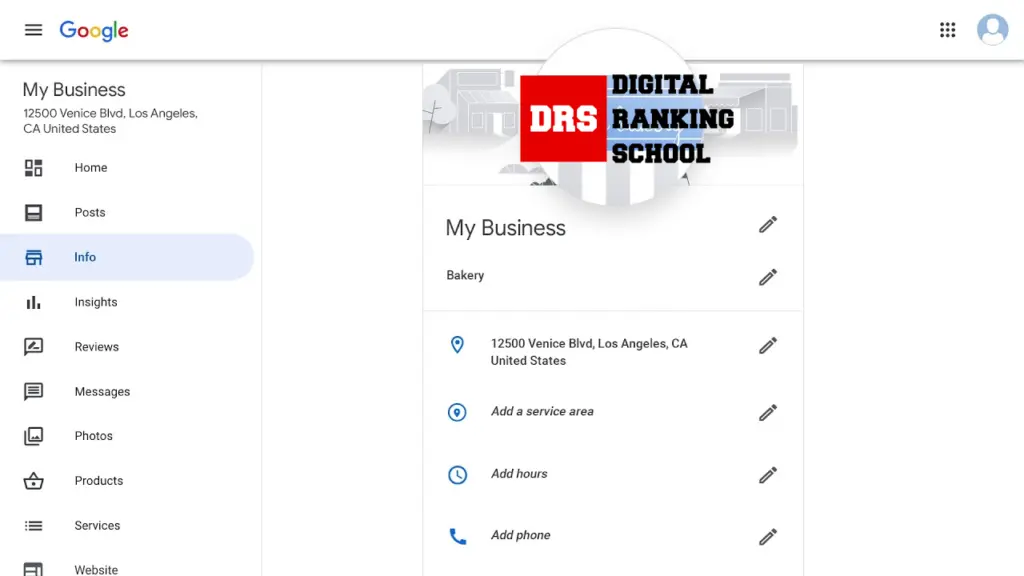Explore the foundational principles of local SEO through this comprehensive strategy guide. Unveil the strategies that propel your business to the forefront of local searches, expanding your reach and bolstering your presence within your community. Discover invaluable insights and actionable tips to maximize your visibility and achieve sustained success in local markets.
Demystifying Local SEO: A Comprehensive Overview
Local SEO revolves around optimizing a business’s online presence to boost visibility in local and localized organic search results. The core pillars of local search—proximity, prominence, and relevance—guide this practice. It encompasses a diverse range of technical and creative strategies aimed at convincing search engines to prioritize a business in search results, especially for individuals in close proximity to the business’s location.
Whether you’re a local business owner or marketer, integrating local SEO can be seen as a form of customer service. It ensures that nearby online searchers not only find but also engage with and choose your local business.
The broader term ‘local search marketing’ encompasses both online and offline endeavors aimed at promoting business locations, striving to make them household names in their communities.
A local SEO campaign resembles a journey from the trailhead to setting up camp. It’s filled with challenges, yet brimming with remarkable opportunities!
The Crucial Significance of Local SEO Explained
Though every local business is distinct, establishing an online presence is crucial for virtually all of them. Actions such as website optimization, crafting local business listings, managing reviews, and acquiring links all converge toward a common goal: boosting online engagement.
Google serves as the linchpin in the majority of local SEO conversations. But why is that?
By mid-2020, Google held a global search engine market share of 92.06%. While search engines like Bing and Yahoo have their roles, their market shares are significantly smaller in comparison—Google processes an estimated 2 trillion searches annually worldwide.
Moreover, a Google representative disclosed in 2018 that 46% of Google’s searches are locally oriented. This staggering volume of local searches conducted daily underscores the significance of securing prominence in Google’s local and localized organic search results, channeling business to each location.
Essential Components for Initiating Local SEO Success
At the onset of a local SEO venture, there are four essential prerequisites before commencing the audit and strategy creation for a local business.
1) Guidelines for Representing Your Business on Google

Google’s rules rule Google’s platforms.
Your approach and marketing strategies for a local business online significantly rely on Google’s guidance for local search. What’s permissible or not is dictated by the guidelines outlining how to represent your business on Google. Familiarize yourself thoroughly with these guidelines before embarking on this journey to ensure a well-informed and compliant strategy.
The guidelines for representing your business on Google serve as an essential document for every local business marketer. This resource not only illuminates how Google perceives businesses but also instructs on marketing via the Google Business Profile (formerly Google My Business) while cautioning against potential pitfalls. Violating these guidelines can lead to loss of rankings, penalties of varying degrees, and even removal of local business listings. It’s crucial to bookmark, thoroughly study, and regularly reference these guidelines as Google frequently updates and supplements them with new provisions and clarifications.
At the onset of your journey, understanding the eligibility criteria outlined in the guidelines is paramount. Google mandates that for inclusion in a Business Profile, a business must engage in face-to-face customer interactions during its stated operating hours. In essence, a location ineligible for direct customer service during its open hours won’t qualify for a Google Business Profile listing, impeding a comprehensive local search marketing campaign. Local SEO heavily relies on in-person service, whether it’s at a store, curbside, or customer locations.
Once you’ve established the eligibility of a location for marketing, the guidelines delve extensively into filling out various fields within the Google Business Profile. This includes naming a business, handling addresses, departments, practitioners, setting hours, and more, offering comprehensive insights for effective profile management.
2) Basic business data
Review essential business details with key personnel at each location.
Ensure absolute accuracy in essential details like name, address, phone number, hours, and other pertinent data for each location. Achieving alignment among all relevant business departments regarding this data is crucial to avoid inconsistencies that can hinder a local search marketing campaign from inception to completion.
Skipping this step may lead to challenges later on. Utilize a simple, free spreadsheet (a copy can be made) and allocate a unique store number/code to each location. Fill in all required fields meticulously. For brands eligible for multi-department or multi-practitioner listings, create columns for each entity as per the guidelines for representing your business on Google.
Consider adding supplementary fields if necessary. For instance, if the business operates as a franchise, incorporate fields for franchisees’ contact details to facilitate swift communication when needed.
For businesses with 10 or more locations, leveraging Google’s bulk upload functionality becomes an option, necessitating the completion of their bulk upload spreadsheet.
3) Clearly Identifying the Business Model
Devote additional attention to meticulously identifying your specific business model. Common business models encompass:
Various business models exist, such as:

- Brick and mortar establishments, such as retail shops or restaurants visited by customers.
- Service Area Businesses (SAB), including plumbers or caterers catering to customers at their locations.
- Hybrid models, like pizza restaurants offering delivery services.
- Home-based businesses, for instance, daycare centers.
- Co-located/co-branded businesses, like combined KFC/A&W locations.
- Multi-department businesses, such as hospitals or auto dealerships.
- Multi-practitioner businesses, like real estate firms or dental practices.
- Mobile businesses, such as stationary food trucks.
- Kiosks, ATMs, and other less conventional business models.
Each model outlined in the guidelines for representing your business on Google entails distinct requirements and opportunities. While it’s not feasible to reproduce the entire document in this guide due to frequent updates, taking the time to thoroughly read the complete set of guidelines is essential. This ensures a clear understanding of navigating effectively within Google’s online realm.
4) Clearly Defined Business Goals
In certain situations, your objective may involve building the complete range of online (and potentially offline) assets for a local business site. This encompasses various aspects, from the website and local business listings to email marketing, social media profiles, and review management. Conversely, there may be instances where your focus is on a specific segment of this spectrum. Regardless of the breadth or specificity of the tasks ahead, establishing goals from the onset becomes pivotal in evaluating success upon completion.
Ideally, business owners should articulate their goals by addressing the question:
What will success look like?
Try to define success by metrics such as:
- Increase in foot traffic
- Rise in phone inquiries
- Boost in transactions
- Growth in form submission leads
- Surge in requests for driving directions
- Augmentation in backlinks
- Amplification of positive reviews
- Heightened visibility in local packs for specific search phrases
Steer away from superficial metrics like “I want to be #1” or “I just need more website traffic.” Ultimately, most businesses aim for increased profits. Strategy comes into play in determining the tactics and messaging that can lead to achieving the stated goal, eventually translating into improved profits.
Once all pertinent stakeholders have aligned on a goal, establish a timeline. Marketers, whether in-house or third-party, should provide realistic time estimates. Most local search marketing efforts require time for their impacts to fully manifest. Thus, ensure the timeline you set avoids over-promising and under-delivering.
Having collated the canonical business data, understood the business model and goals, and grasped Google’s guidelines, you’re all set to embark on your local SEO journey.

Hassan Essam
Guess what? Hassan Essam is not just the cool cat in charge at "Hassan Essam Project Management," he's also the proud pioneer—aka the first-ever Egyptian sensation—on the international judging panel of the Search Awards Global edition. Yup, breaking barriers and bringing that Egyptian flair to the global SEO stage!
Leave a Replay
About Me
Lorem ipsum dolor sit amet, consectetur adipiscing elit. Ut elit tellus, luctus nec ullamcorper mattis, pulvinar dapibus leo.
Recent Posts
Follow Us
Weekly Tutorial
Sign up for our Newsletter
Supercharge your online success with our expert-led SEO insights! Subscribe now for a journey to digital excellence. 🚀 #SEORevolution
